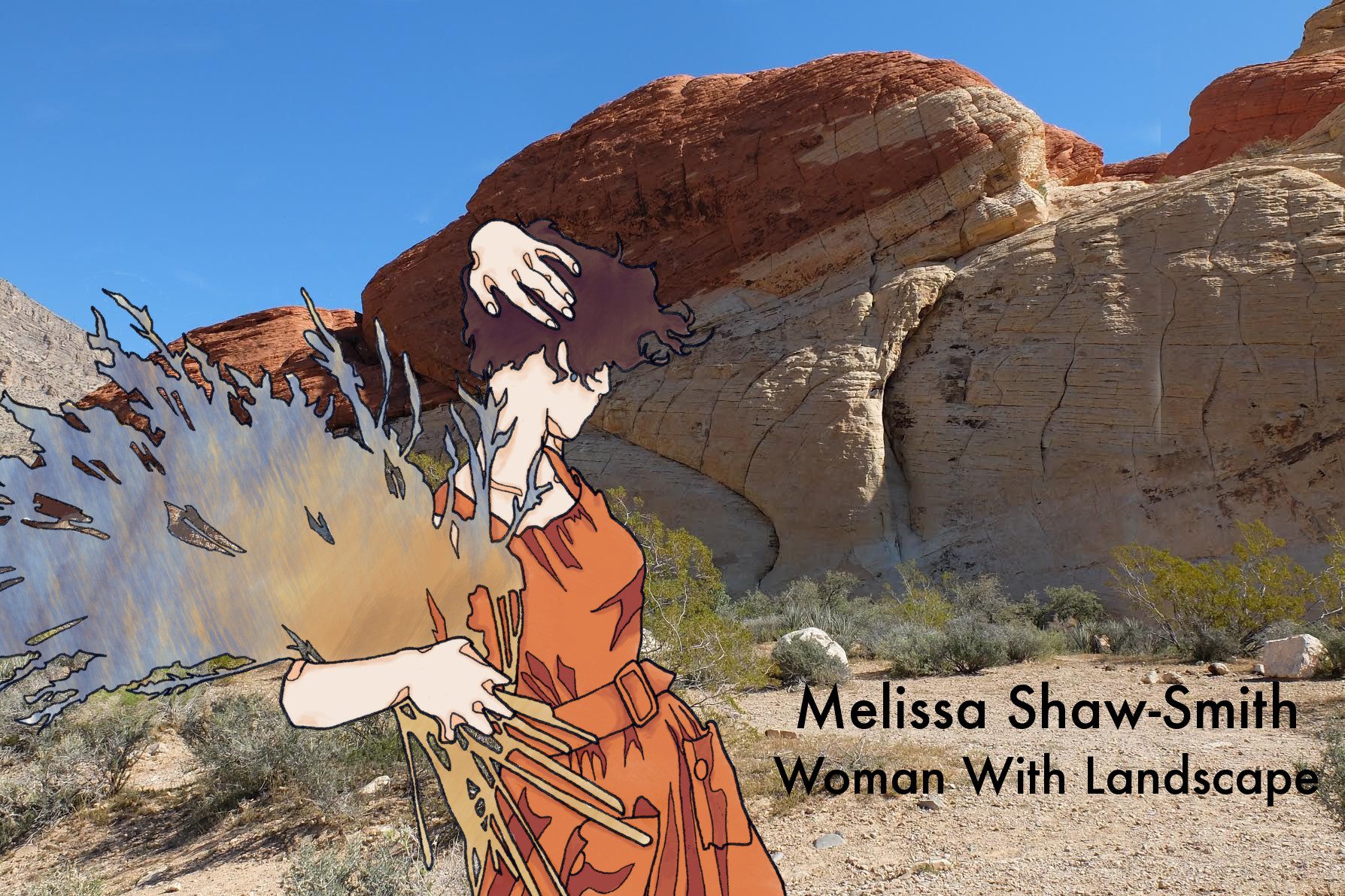
Barred Owl in Basking Ridge, NJ. Photo courtesy of Matt Zeitler, orangebirding.com
One early summer afternoon, I stepped out onto the deck to bring in a load of laundry. A movement in the dappled shade of the trees, not twenty feet away, caught my eye. I recognized the dark eyes and striped brown and beige plumage of a barred owl. I stood transfixed, hardly daring to breathe.
The owl called softly and, from a nearby branch, a smaller owl took off. The young owl made a short, swooping flight and landed somewhat clumsily by the adult. The birds seemed aware of my presence, but undeterred by it. For fifteen minutes, I stood and watched the owl parent teach its four owlets to fly, afraid of missing a moment by running inside for my camera.
I had often been woken in the night by the owls calling to each other in the woodland surrounding our house—the distinctive, throaty Who-cooks-for-you, who cooks for you-all? But this was the first time I’d seen one. The barred owl, sometimes called a hoot owl, striped, or wood owl, is primarily crepuscular—active at twilight. However, as I later read, daytime activity is not unusual when they’re raising chicks. Owls nest in tree cavities. The female lays between two and four eggs in April, and then sits for four weeks waiting for them to hatch. Once hatched, it takes another four or five weeks before they young are fledged. I could see that this owl had a lot of time and energy invested in her brood.
I’ve long had a fascination with owls. As a child, camping near the ancient ruins of a haunted Irish abbey, the protracted screech of a barn owl left me frozen with fear in my sleeping bag. Surely the sound was the ghost cry of the monks being murdered by the invading Vikings.
In the imagination, owls are mysterious creatures of darkness. If you’ve ever seen those pale wings swoop in front of your car headlights late at night, and those marble-round eyes staring at you, you know what I mean.
Maybe because of their nocturnal habits and all-knowing faces, tales of owls are deeply rooted in folklore and mythology. To this day, all over the world, they play a dual and often contradictory role—the harbingers of death and misfortune, but also the sign of wisdom and good luck. In Greek mythology, Athene, the Goddess of Wisdom, took the Little Owl as her symbol. In Aesop’s fables, the owl is a shrewd operator with the power to foretell the future. Owls appeared on early Greek coins and were seen as good omens, especially during times of war, and thus were protected.
When I was seven I lived on the Greek island of Corfu with my family. My sisters and I had a small scops owl as a bedroom companion. My father, a documentary filmmaker, who had hand-reared many sick and injured creatures, was recording its habits. Sadly, one day we returned to find its charred body lying in the back alley. It had fallen victim to superstitions that had superseded its protected status.
In Roman times, the owl represented the dark underworld. Witches could turn themselves into owls and suck the blood of infants. The hoot of an owl meant impending death. These beliefs spread with the Romans. In English folklore, a dead owl nailed to a barn door could ward off evil. And folk remedies made from burnt owl and owl eggs could cure everything from alcoholism to Whopping cough.
In Native American traditions, owls are also honored and reviled. To the Pawnee, the owl is the Chief of the Night, and as such, a protector. The Cherokee respect and covet its ability to see at night, but fear its call as an omen of death. Some tribes believe that owl feathers ward off evil and bring healing. Oglala Sioux warriors wear owl feathers to enhance bravery and vision. Yakama tribes of Washington State see the owl as a powerful totem to be consulted on how natural resources and forests should be used.
As I discovered, barred owls have adapted to life in proximity to humans. They don’t seem to mind suburban areas, and even thrive on the abundance of rodents to prey on. I thought my front row seat for the owl flying lessons was a unique show. Little did I know that I’d get a matinee performance the next afternoon, and the next, until those owlets were fully fledged.


















